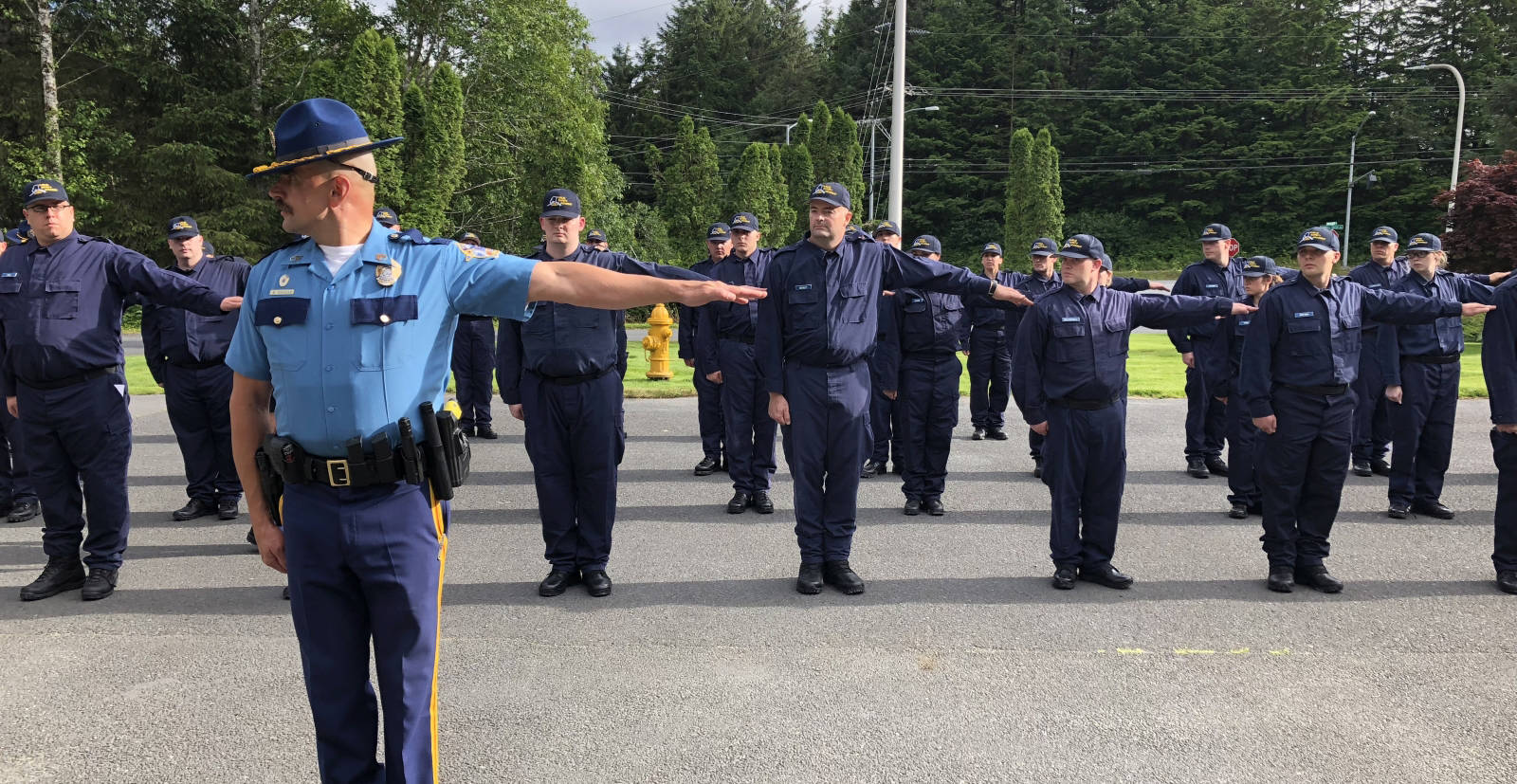Selection of the Interviewees A team of three researchers visited each of these sites for one week each, meeting with tribal officials, la...
Selection of the Interviewees A team of three researchers visited each of these sites for one week each, meeting with tribal officials, law enforcement officers, tribal court personnel, elders, and tribal citizens concerned about or involved with law enforcement and criminal justice issues; county sheriffs, BIA law enforcement agents, and others associated with tribal law enforcement; and personnel associated with state or federal court systems that have responsibility for criminal justice on reservations. We divided these interviewees into three rough categories — reservation residents (including tribal law enforcement and criminal justice officials), law enforcement personnel (who would be from state or local government in Public Law 280 states, and from the federal government in non-Public Law 280 situations), and criminal justice personnel (again, state or federal, depending on the type of jurisdictional arrangement for tribe). Occasionally two individuals in related roles preferred joint interviews, and we honored those preferences.
When interviewing elders, we sometimes attended their daily or weekly group lunches, putting together impromptu focus groups and conducting the interviews en masse. The respondents are reservation residents, law enforcement personnel, and criminal justice personnel. Most respondents work with crime-related issues and are generally well informed about crime, court, and policing issues on Indian reservations. Reservation-resident respondents are individuals who are employed on the reservation, an Indian person living on the reservation, or a tribal member. Most reservation residents are tribal members on the reservation in question, but non-Indian tribal employees and non-tribal member Indian employees and residents are also part of the reservationresident sample. Reservation residents are chosen because they are community elders or leaders, or their work is engaged with police, court, social services,
or related crime issues. Law enforcement personnel generally are police officers and related personnel who work for county or BIA police departments. Tribal police officers who work for and are funded by a tribal government are classified as reservation residents in the PL 280 jurisdictions, while police officers who work for the BIA or federal government, as well as tribal police in non-PL 280 jurisdictions, are classified as law enforcement personnel. Criminal justice personnel are judges, attorneys, public defenders, probation officers and other related personnel who work as county, federal, or (in the non-Public Law 280 jurisdictions) tribal employees or who work in the courts, such as legal advocates, public 42 This document is a research report submitted to the U.S. Department of Justice. This report has not been published by the Department. Opinions or points of view expressed are those of the author(s) and do not necessarily reflect the official position or policies of the U.S. Department of Justice. defenders, and attorneys.
Tribal judges and tribal court personnel who work for the tribal government in PL 280 jurisdictions are classified as reservation residents, and reservation court and legal personnel who work for the tribe, the BIA or the federal government in non-PL 280 jurisdictions are classified as criminal justice personnel. The key to the distinction between reservation residents and the categories of law enforcement and criminal justice personnel is who has responsibility for criminal jurisdiction. In the PL 280 jurisdictions, where tribal police and court personnel exist, they are treated as reservation residents because they are not generally exercising criminal jurisdiction. They may be enforcing state law under cross-deputization agreements or enforcing civil laws. However,
where questions ask reservation residents in PL 280 jurisdictions to evaluate tribal police and courts, the respondents in those categories are excluded from the reservation-resident sample. In the non-PL 280 jurisdictions, in contrast, there are crimes over which the tribe has exclusive jurisdiction, and therefore where tribal police and courts exist, they are generally exercising criminal jurisdiction. Thus, in these jurisdictions, the tribal police are treated as law enforcement personnel, and the tribal court and related staff are treated as criminal justice personnel. Our assumption in constructing the reservation resident category is that reservation residents will have different work, community, and government experiences than law enforcement and criminal justice personnel, and they may express these views and orientations regarding their understandings and experiences with police and courts. The groupings of reservation residents, law enforcement personnel, and criminal justice personnel are not based on racial or tribal membership. Many non-Indians work for tribal governments, and they are classified as reservation residents — except where they are policing or administering justice in non-PL 280 jurisdictions. Many tribal members work for county police departments, some are county judges, or work for BIA police departments or courts. The latter tribal members are classified as law enforcement or criminal justice personnel because their occupations are outside of tribal government management, and these tribal members are entrusted to carry out county, state, or federal laws and procedures and not tribal government law and policing practices. Certain categories of interviewees were fixtures of these site visits. For the reservation resident interviews, those included the chief of tribal police or public safety (where there was one), the chief judge (where there was one), the tribal chair or other council members, tribal administrators or managers, and elders. For the law enforcement officers, we invariably interviewed the head of law enforcement for the state or federal government or that person’s chief deputy, as well as other officers. In the case of criminal justice officials, we interviewed prosecutors, public defenders, and judicial officers at each site, as well as probation or parole officers. Additional interviewees were identified through a “snowballing” technique, in which an interviewee identifies others relevant to the study.

No comments